“Gamification is ultimately not about buzzwords and mechanics, but better and more meaningful experiences.”
– Esteban Contreras, Social Media Manager at Samsung USA
Games and gamification… For many, it can sound a little bit childish, but major enterprises do love gamification as much as users love games.
With the retention and engagement crises arise, the retail industry is looking for a remedy. Customer experience has become an important factor for success in retailing. Gamification appears to be a go-to tactic to enhance sales, brand awareness, and customer loyalty.
Here is our real business case in retail: Augmented Reality Game for shopping malls in Qatar.
According to Boston Retail Partners, within the next five years, nine of ten retailers, which equals 87%, will apply gamification to engage their customers. Moreover, half of them, namely 46 percent, believe that structured loyalty programs are a top CRM priority.
As the gamification concept emerged, various major companies started to implement gamification techniques into their businesses. Among them are Adobe, NBC, eBay, Walgreens, Oracle, Cisco, etc. Gamification has become a key element in the consumerization strategies of these companies.
Why Retail Gamification?
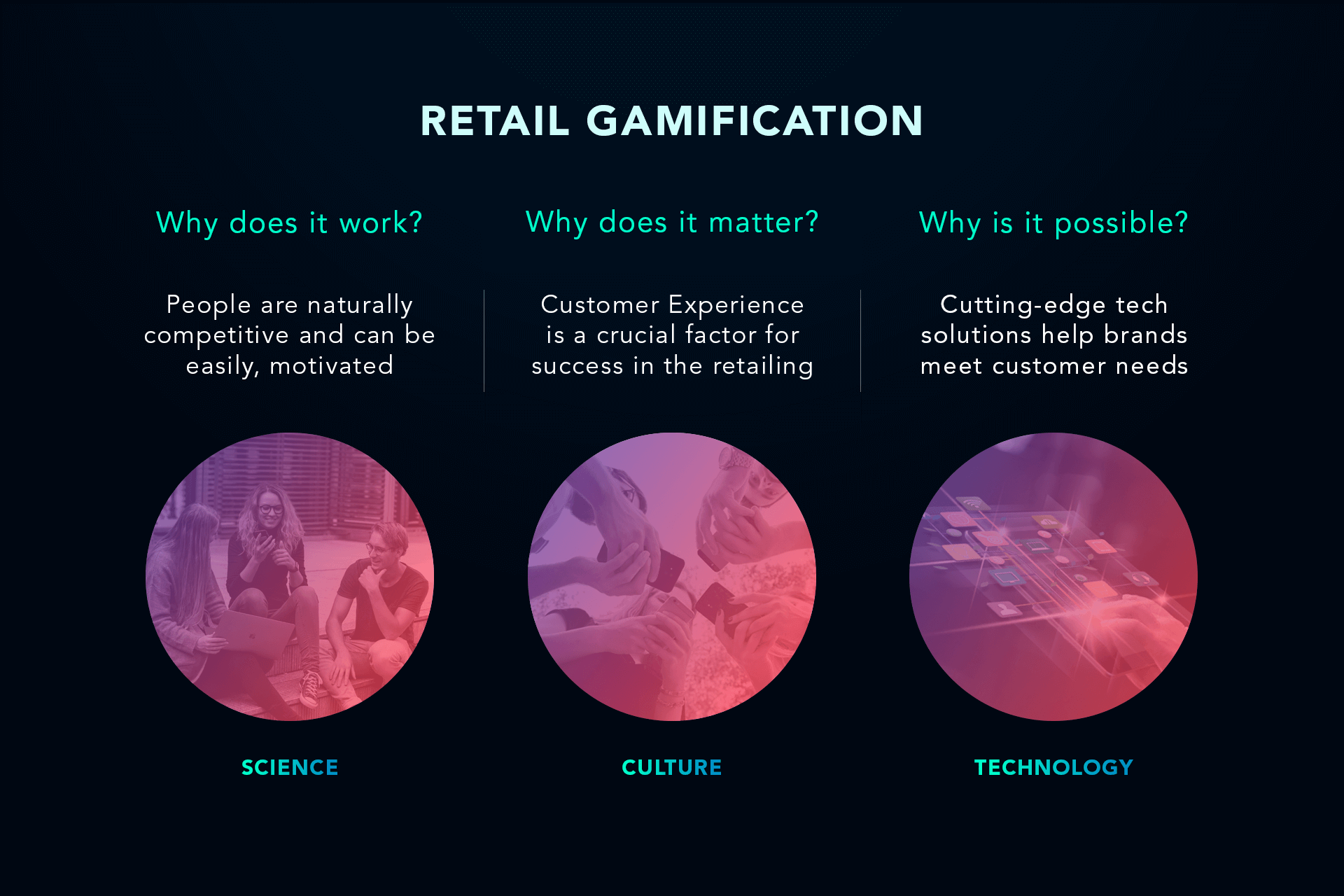
Gamification, which implies the process of incorporating gaming mechanics into non-gaming contexts in order to affect customer behavior, has been here for many years, just to mention -loyalty programs, flash sales, or progression bars.
“Gamification is all around us,” Danny Maco, former general manager of University Games, said to MobileCast Media. “Loyalty programs are a great example, which you can see everywhere, whether it’s at Safeway or flying on an airline; they all have game mechanics [such as] the progression bar — a mechanic associated with achievement.”
But why is it so powerful? People are naturally competitive. We can be easily motivated by different rewards, whether they are physical or monetary, or bragging rights. Therefore gamification, playing on humans’ competitive streaks, is able to empower businesses to motivate both customers and employees.
14 Ways to Use Gamification in Retail
Regarding customers, gamification-powered technologies can form a smiling community, which will bolster engagement and communication, thereby providing retailers with insights into customer sentiment and perspectives. Contributing to cooperation between staff members, gamification can also enhance overall productivity and hence improve the in-store experience.
Deloitte claims that with retail gamification software, media, and content companies achieved a 30% – 40% increase in online customer interactions.
AR + Gamification = Better Results
Augmented reality AR has become an ultimate tool for retail as well. It is often closely connected to AR and, when combined, gives more promising results.
Take the 19 Crimes marketing campaign as an example. Using augmented reality apps, it brings to life characters who tell stories motivating customers to “collect” all 19 bottles of wine!
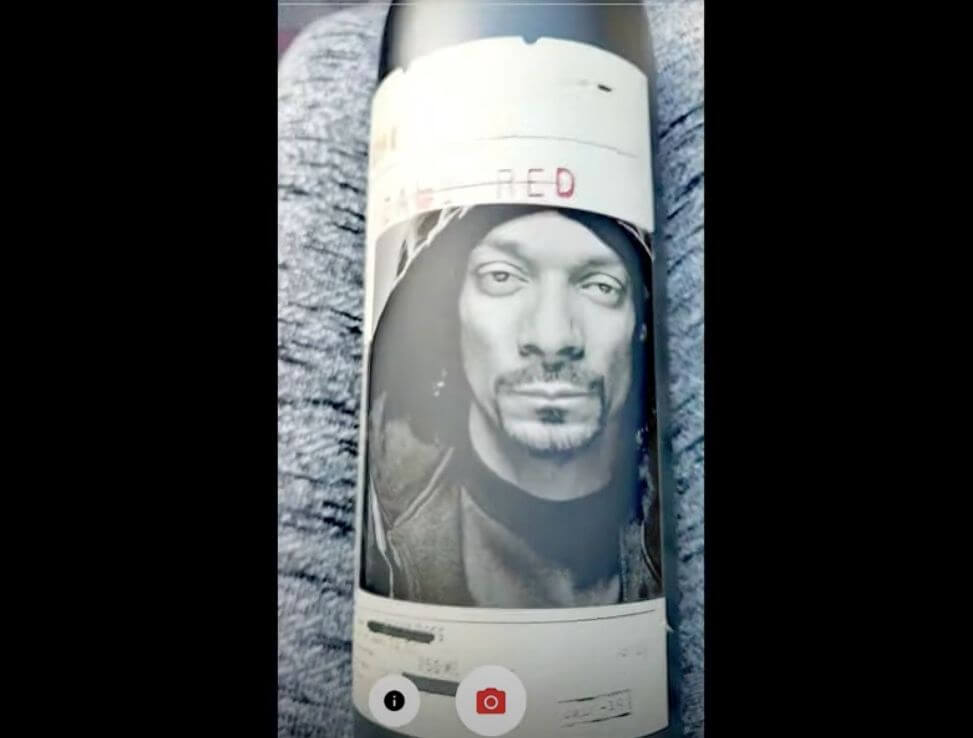
AR, with its ability to overlay the real world with digital objects, allows retailers to engage customers even more with their brands.
For instance, Macy’s magic fitting room, an AR mirror, allows buyers to try as many outfit combinations as they want, testing the same product in various colors. Moreover, Macy’s AR mirror can asses sizes and recommend customers items in stock in the right size.
Read more about AR retail solutions.
UI and UX for Gamified Apps
The most crucial elements of any gamified application are User Experience (UX) and User Interface (UI). UX design is the designing process of software product interfaces focused on the end user’s perception of the product. According to Forbes, high-quality UX is a key factor in showing how companies run a business.
UI is the designing process of software product interfaces aimed at efficient interaction between the user and the machine. Essentially, it encompasses all the controls, buttons, and elements of the application creating a visual appearance of the product.
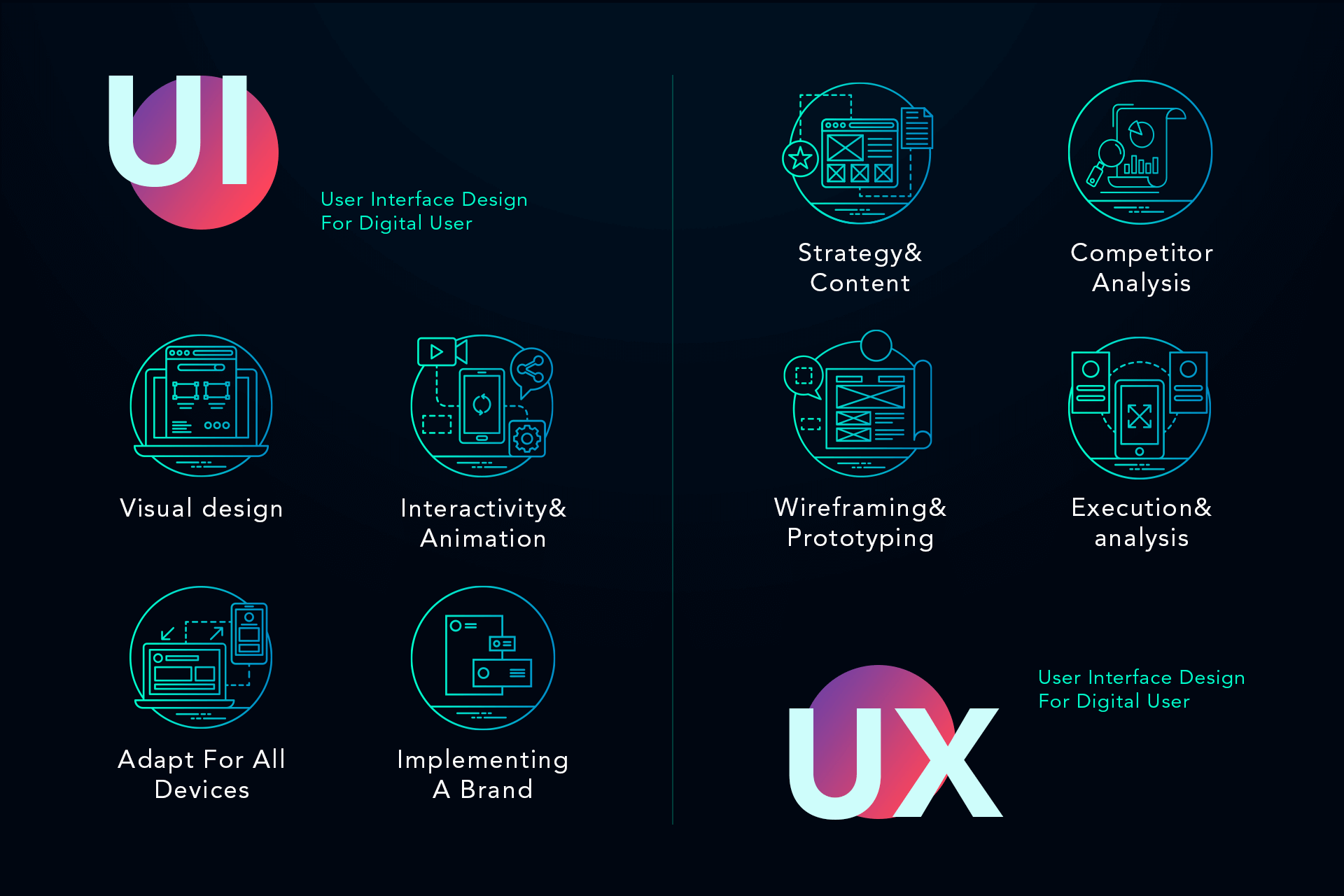
A great UI/UX design makes a gamification app more appealing to users, encouraging more customers to use it and, as a result, enhancing brand loyalty and recognition. For instance, when a gamification application is designed with brand colors, logos, and other characteristic features, users associate it with the brand products.
If you want to know more about UI/UX design, read our article UI/UX Design For Outsourcing: Good Design is a Good Business.
Gamification Techniques
The desire for competition, status, and achievement are the main drivers of gamification. Relying on them, gamification actively uses various stimuli, including the following:
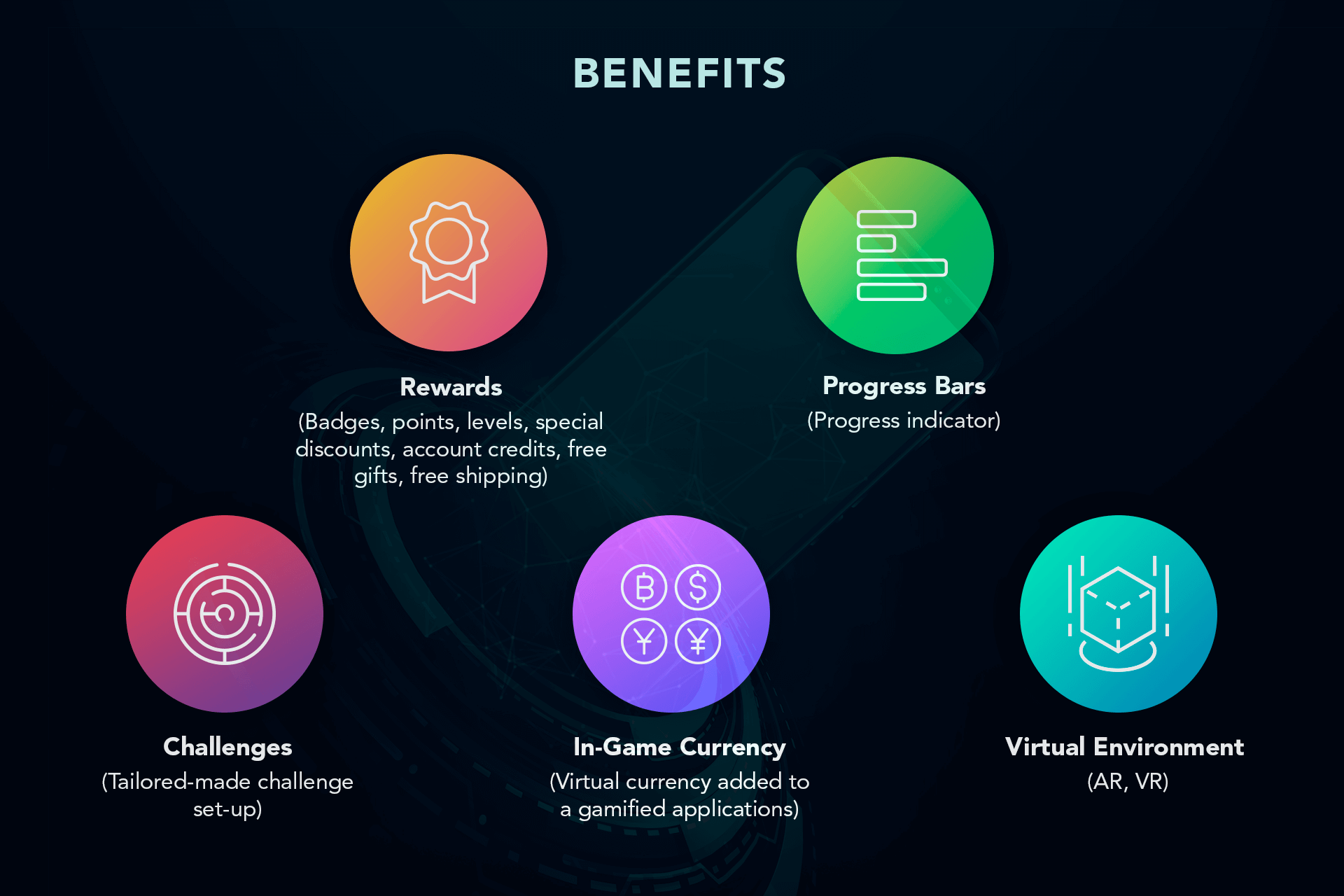
- Rewards
One of the efficient techniques and solutions in retail gamification programs is rewards. With prizes provided for accomplished tasks, customers get a dopamine hit when receiving a reward. Such rewards can include badges, points, levels, special discounts, account credits, free gifts, or free shipping.

- Progress bars
Introducing a progress bar into a business gives another opportunity to generate customer engagement and, as a result, gain their loyalty to the brand. As human brain can not outstand incomplete things, especially that dangling in front of a progress bar serving as a progress indicator, which stimulates people to keep working toward completing tasks.
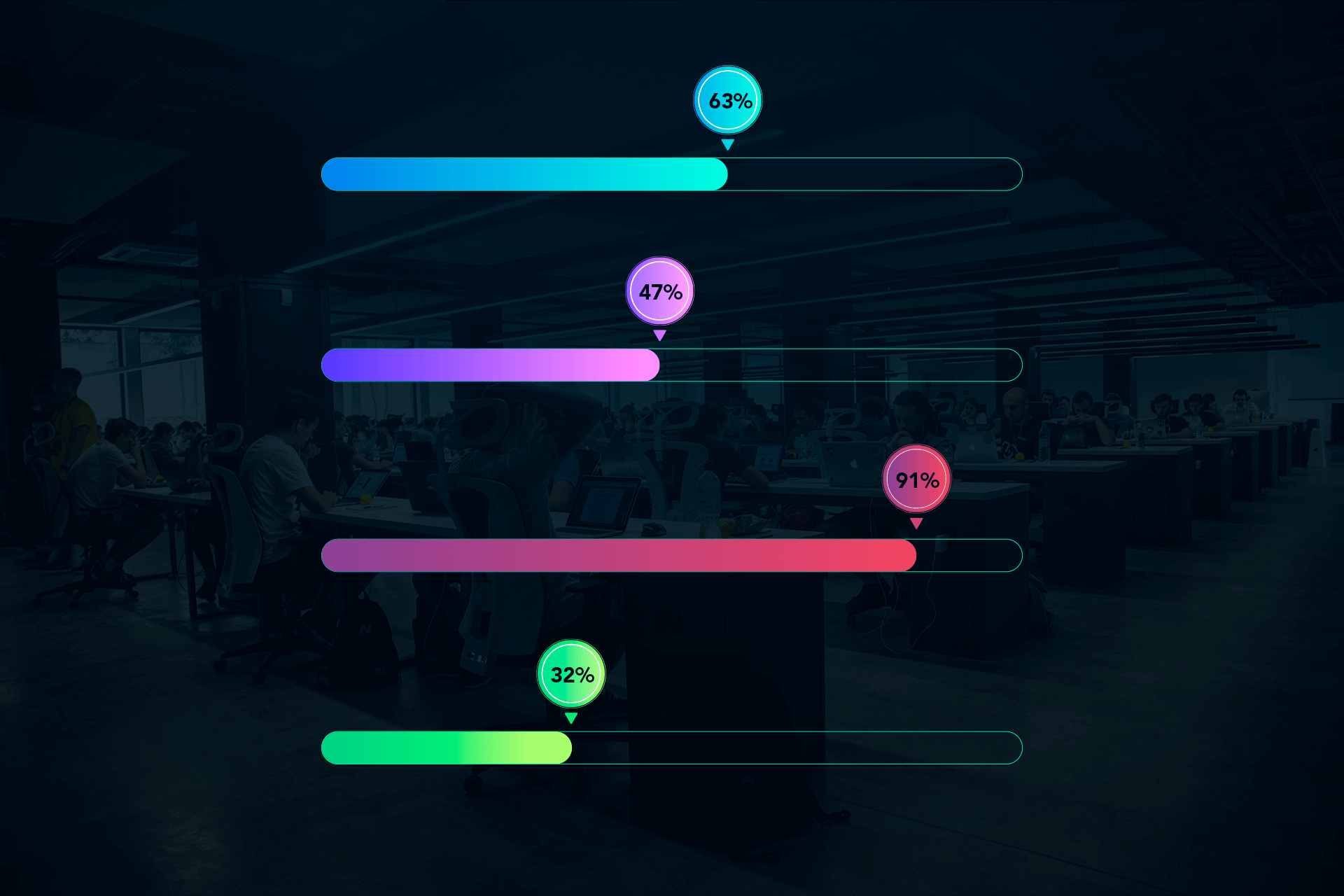
- Challenges
Challenges are also an important tool in gamified applications. Being a powerful motive, it allows retailers to encourage their customers to take the expected action. The challenge setup is usually tailored-made and directs the customers depending on the context, which helps you to refine where you want your customer to go and how you want them to get there.
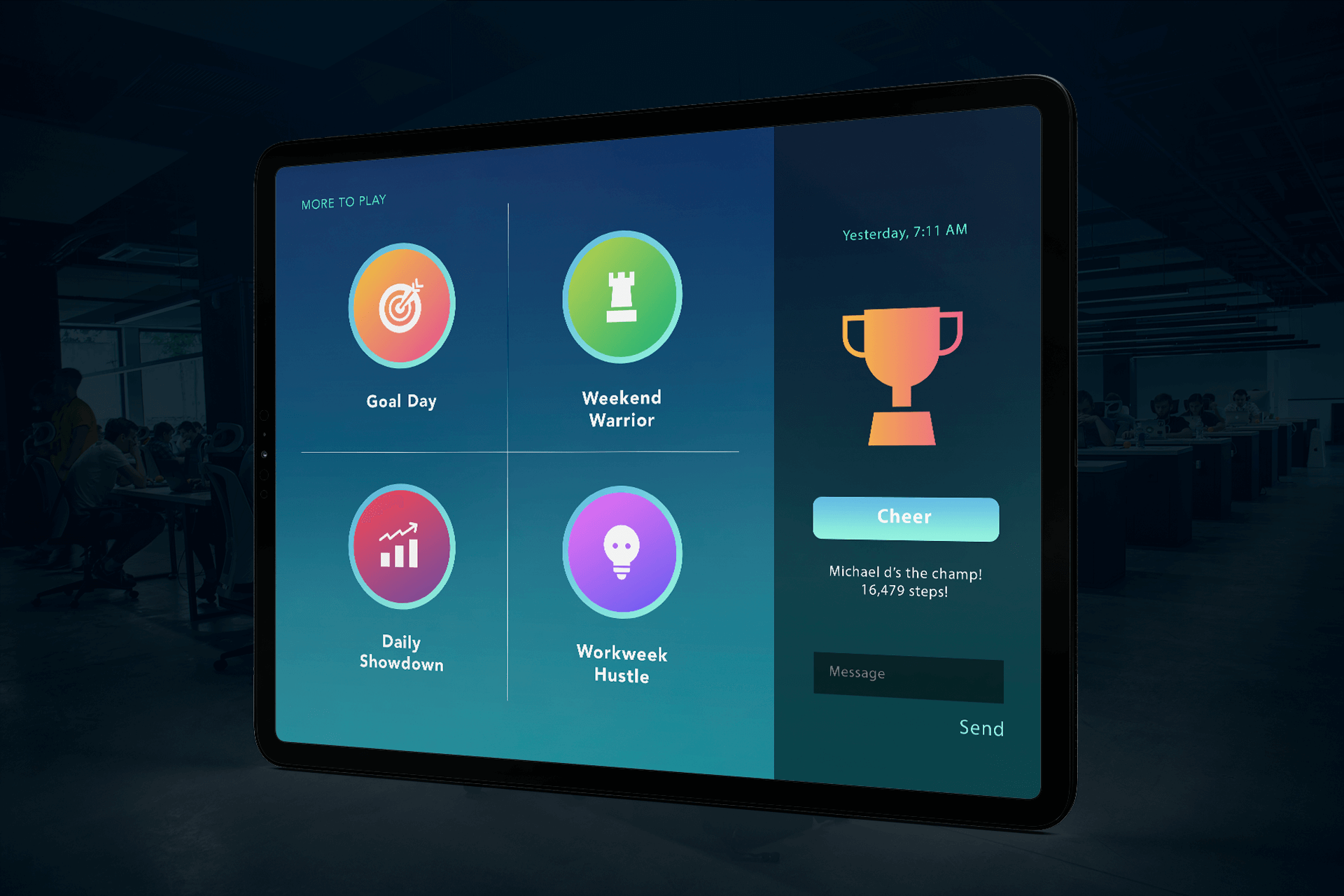
- In-game currency
The desire for material benefits is a major factor influencing our behavior. In-game or virtual currency added to gamification applications can shape user behavior as well as increase their retention and engagement. In addition, a virtual world, where the in-game currency has a significant role, encourages its users to cash out in the real one.
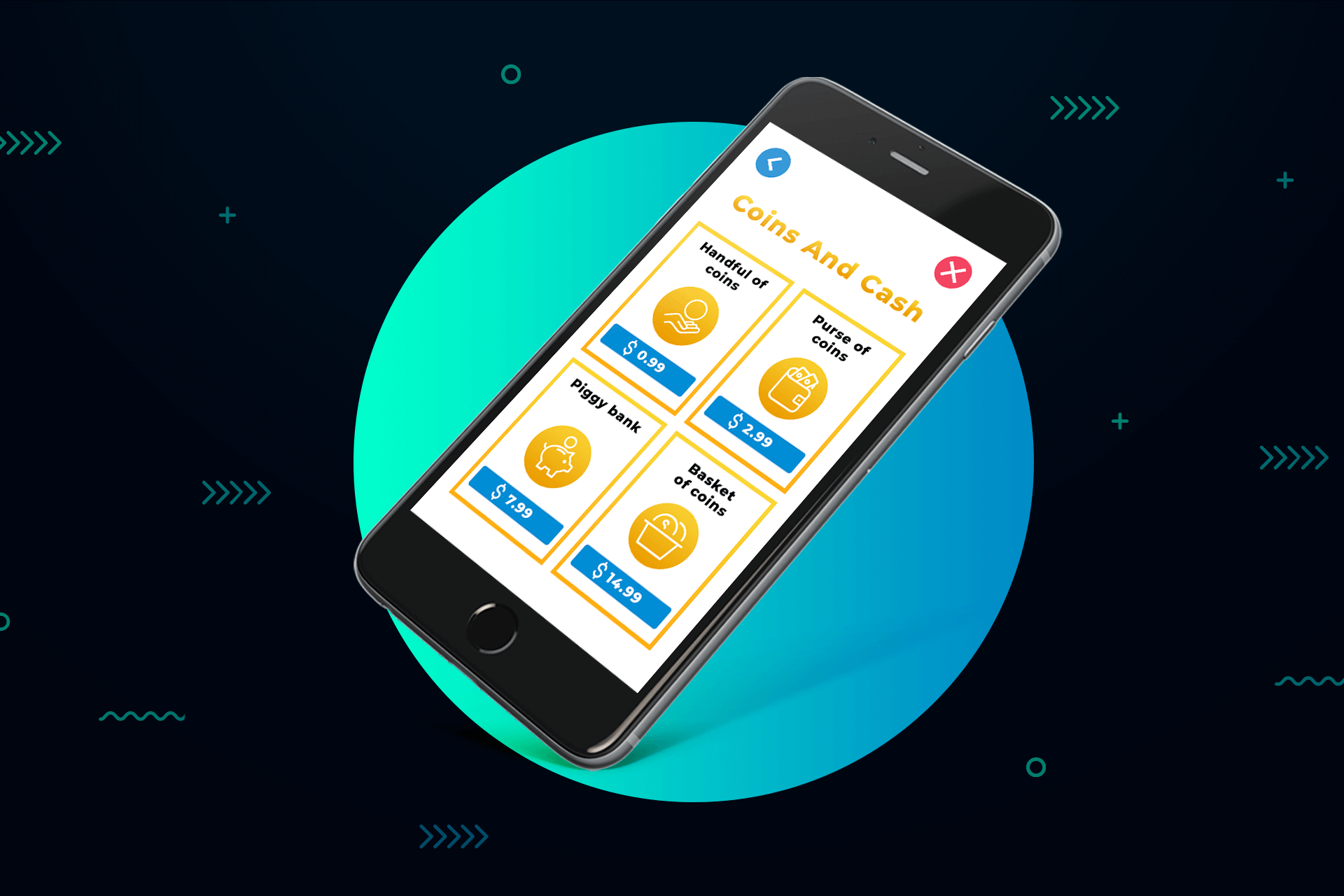
- Virtual environment
Creating a virtual environment or adding virtual elements to a gamified application can highly benefit retailers in capitalizing on users’ engagement. Applying a virtual environment, retailers can drive purchases, providing an online experience that will return customers time after time.

Retail Gamification: Instore or Outstore?
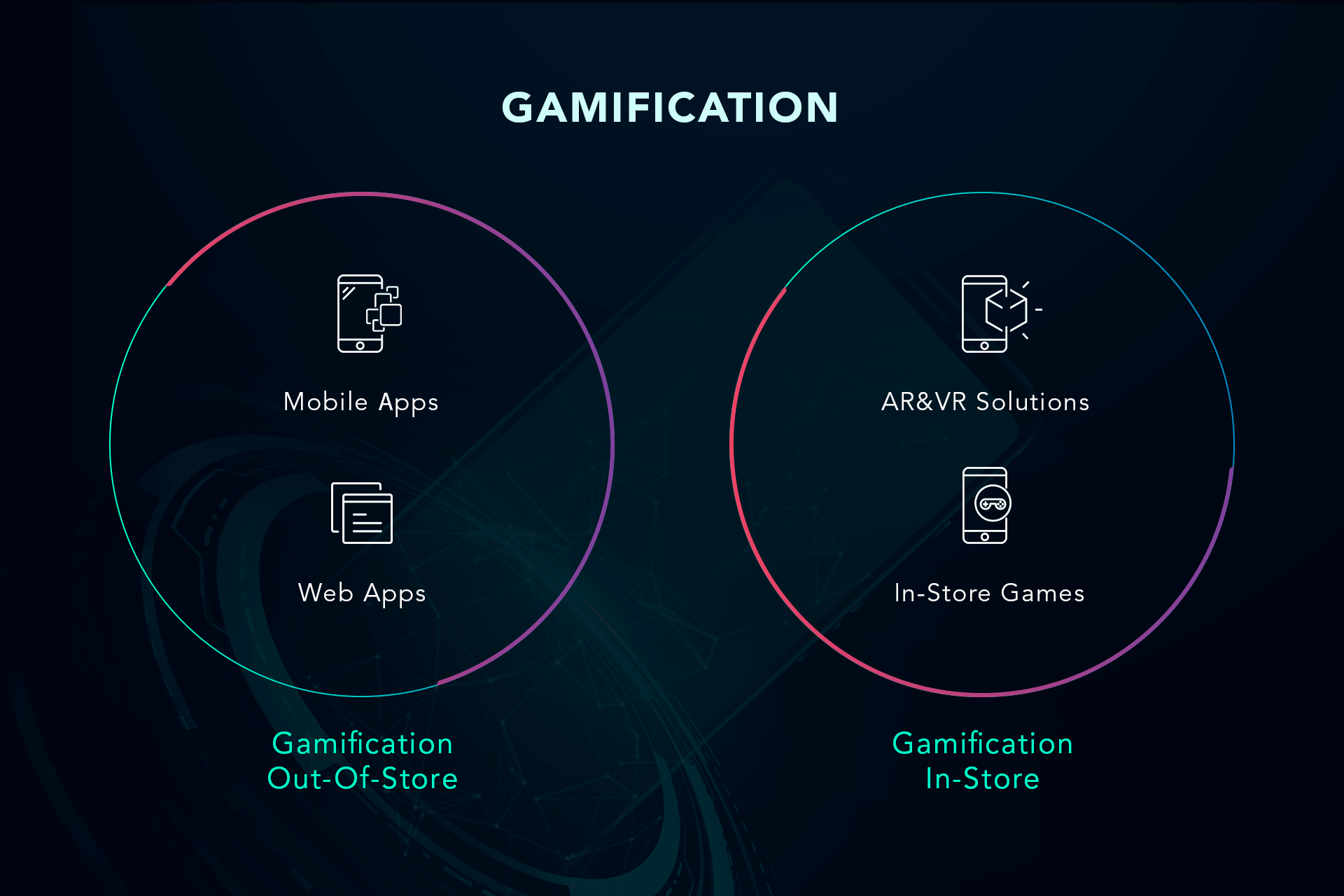
The concept of gamification has proved to be extremely effective in mobile apps context. Gamification enables a mobile app to be «sticky» for users, encouraging users to spend more time with a gamified app, thus generating returns. Such applications also offer retailers valuable data about customer preferences and behavior in real-time, helping, therefore, retail companies to better target the needed audience.
User engagement is at the heart of today’s “always connected” culture. Incorporating game mechanics encourage desirable behaviors, which can, with the help of carefully planned scenarios and product strategies, increase user participation, improve product and brand loyalty, advance learning and understanding of a complex process, accelerate change adoption, and build lasting and valuable relationships with target audiences.
Capgemini
Gamification In-Store
AR and VR
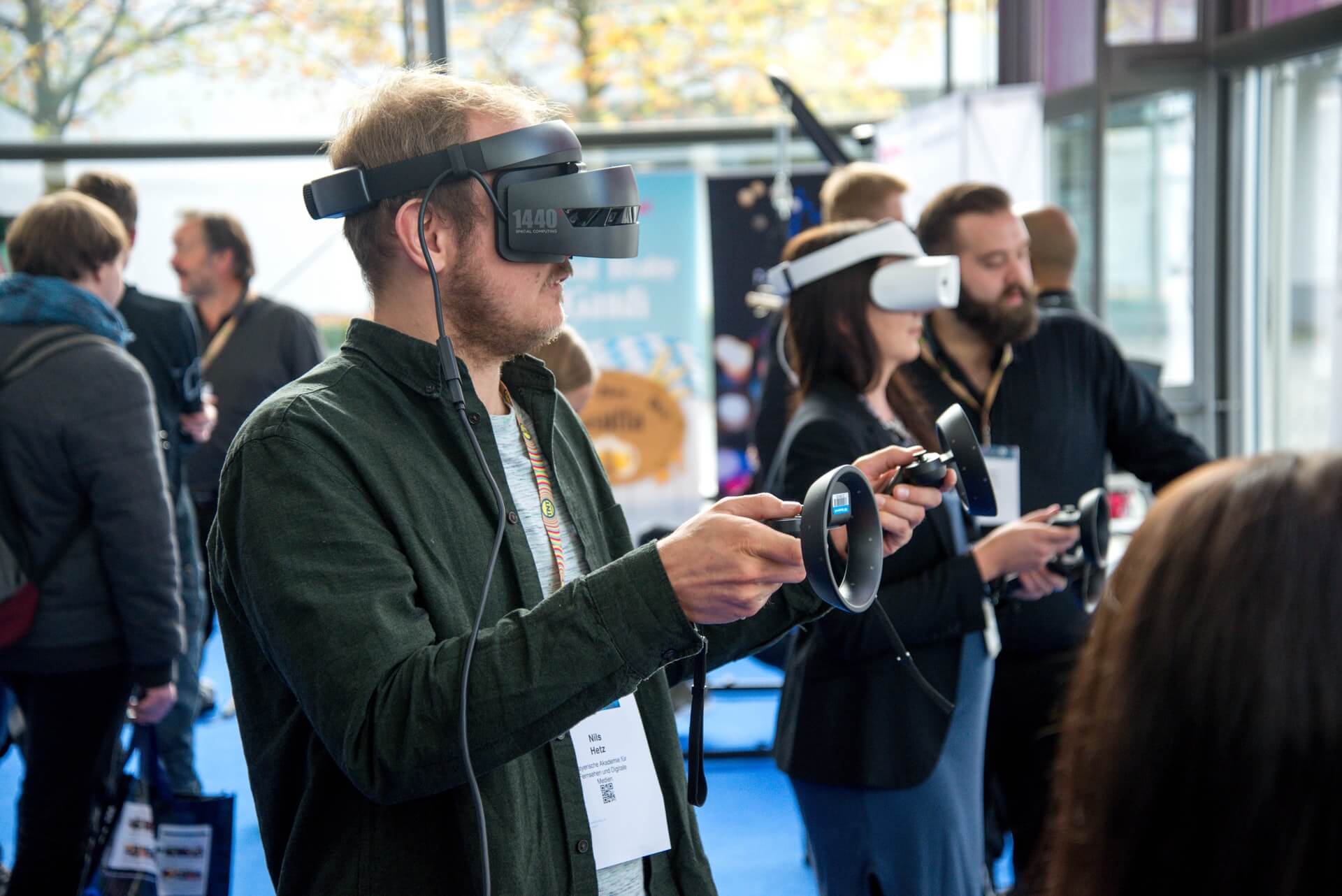
Today, the tech industry advances at a rapid pace, revolutionizing many industries. VR and AR are now one of the most promising in the retail segment, with giants such as IKEA and Lowe’s starting to play in this field.
VR is an artificially created environment that is designed to simulate a user’s physical presence in a virtual environment. Alternatively, AR, with its use of visual elements, sounds, or other sensory stimuli, represents and enhances a version of the real world.
AR and VR-powered technologies can enhance retail shopping by making the customer experience more engaging and customized. For instance, in shopping surrounding, AR can improve the changing room experience, offering customers an opportunity to view an outfit from different angles.
IKEA has already released a trial application that shows owners how the room will look when buying a piece of furniture from the IKEA catalog.
In-store games
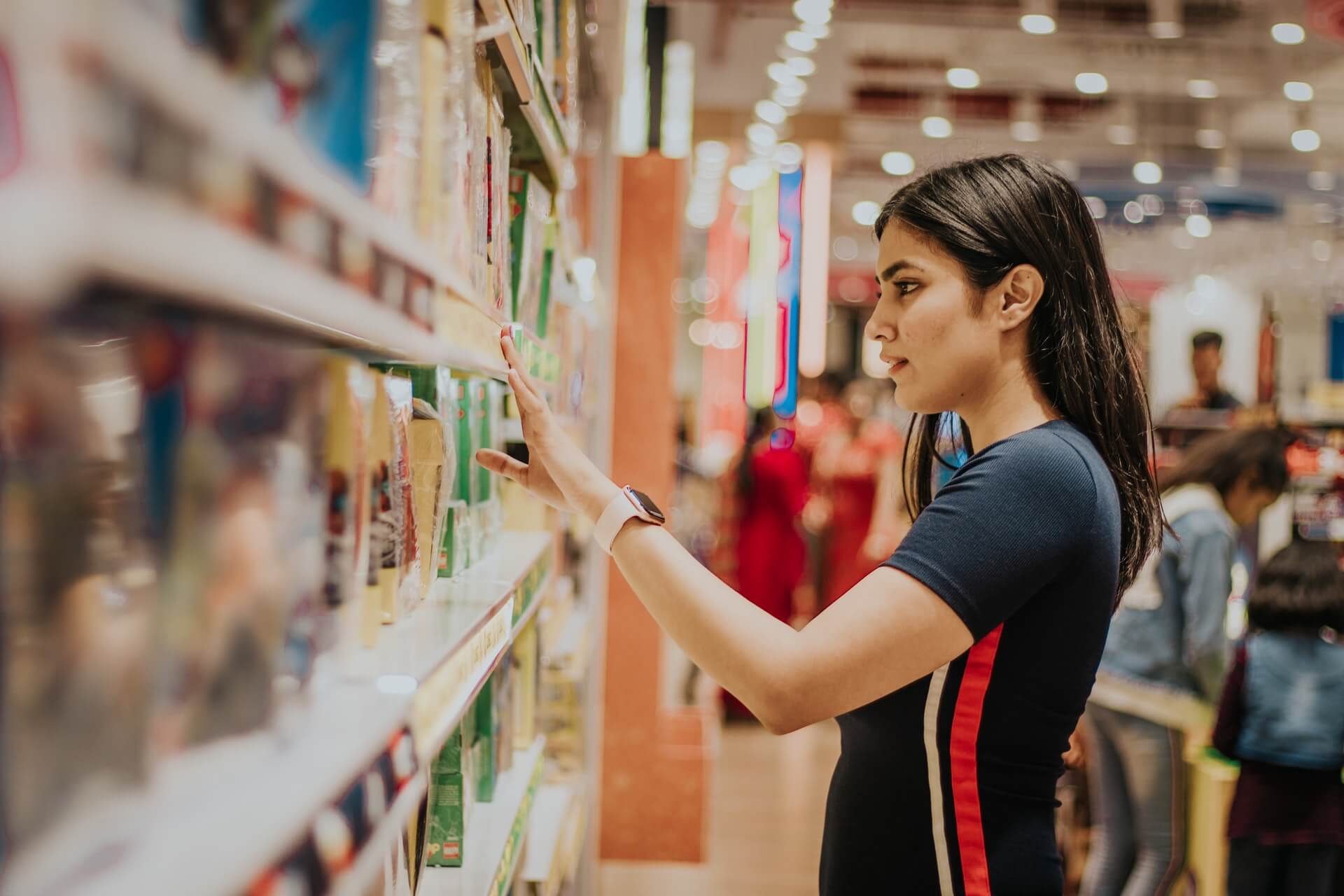
Another powerful application of gamification is the introduction of games into shopping venues. Implementation of in-store games can increase the time spent in a store, generate more new and returning customers, promote brand awareness, as well as accelerate customer acquisition.
As an example, Toys «R» Us has developed a game for its stores where shoppers, especially children, have to scan a QR code at different shopping levels. As they collect enough QR codes, they can redeem them for an online voucher.
Retail in Gamification Business Cases
NBC
NBCUniversal, a USA mass media conglomerate, applied gamification techniques in its Psych Vision mobile app, which allows users to access behind-the-scenes videos, play trivia-like games, as well as communicate with other fans via chat while watching a show. With gamification-driven technologies implemented, NBC experienced a 30% growth in site traffic, a 40% increase in viewership as well as a 47% growth in online merchandise sales.
Victoria’s Secret
The PINK Nation app by Victoria’s Secret, an American manufacturer of women’s lingerie, is a great example of using gamification in e-commerce. By using Victoria’s Secret app, users are engaged in playing different games and unlocking badges by browsing brand catalogs. Users are offered an opportunity to win different prizes, such as tickets to a Victoria’s Secret Fashion Show, create fashion looks and vote for the best ones. This gamification solution enhanced the frequency of website visits and built deeper customer engagement while gaining insights into customer data.

eBay
A global commerce company eBay is one of the earliest companies that applied gamification techniques in its core business. To make the selling and buying experience more entertaining, eBay implements on its website a competitive bidding system, buyer-seller feedback, and a rating approach. The competitive rush is the key factor in eBay’s marketing strategy. With its effective bidding system, eBay’s users are challenged to achieve a «level up», outbidding their opponents. Additionally, a colored star rating system based on positive feedback motivates users to further participation and engagement with eBay’s products.
Nike
Nike China, in cooperation with Wieden + Kennedy Shanghai, introduced a three-minute game based on virtual reality (VR) technologies, giving Nike customers an opportunity to test Nike’s Epic React shoes on a running track in stores. In a virtual world called Reactland, users can jump on clouds and come across frogs and pandas when trying on the shoes. Furthermore, Nike also allows users to share their game experience on social media platforms. By implementing gamification and VR solutions, Nike has significantly boosted consumer engagement with its brand.
HSN
The Home Shopping Network, HSN, a TV shopping channel, also has been taking advantage of gamification since 2011. HSN Arcade, an e-commerce channel that applies gamification by connecting a variety of products with different games, in July 2017 attracted 700,000 shoppers by implementing gamification. HSN added to its mobile app a slot-machine game, Spin to Win, attracting users and having them spend more time within the brand’s environment.
Final Words
A gamification is an effective tool for improving brand recognition, increasing brand loyalty, enhancing revenues, and attracting new customers. To get the most value of it, a gamified application should be well-designed and developed. Softengi, with its vast experience with gamification retail app development, is ready to help you to succeed in the retail industry with Gamification.





